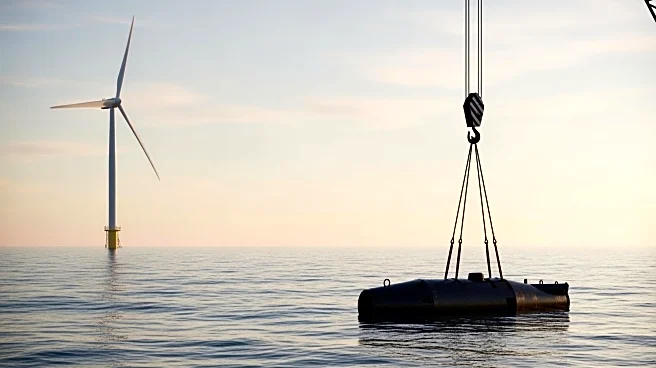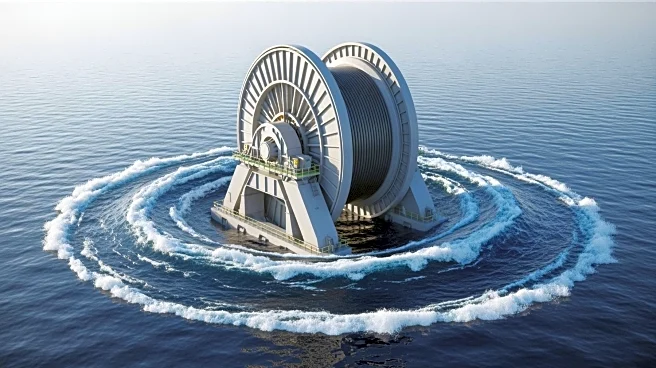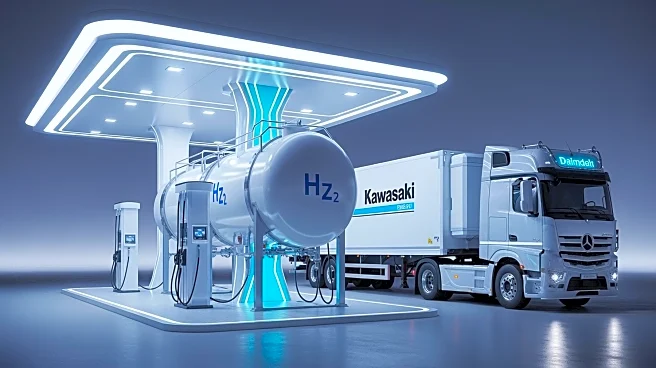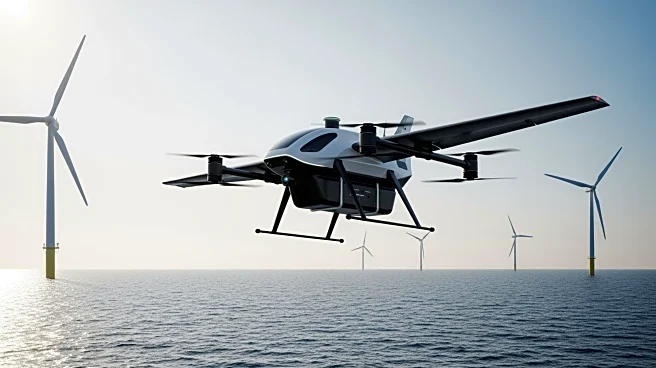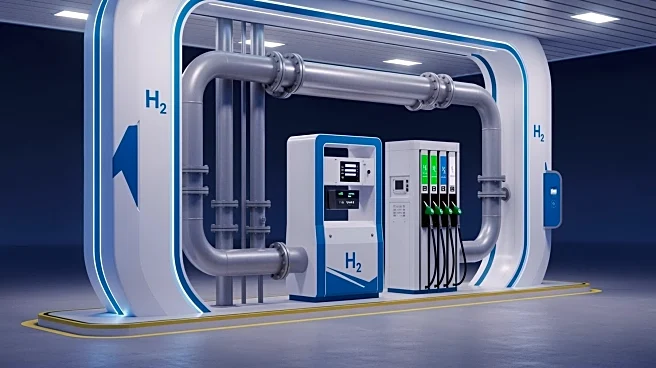What's Happening?
Vattenfall, a major energy company, has successfully cleared unexploded World War II ordnance from the site of its upcoming Nordlich offshore wind farm in the North Sea. Located over 50 miles north of Borkum
Island, near Germany's border with the Netherlands, the site was found to contain three sea mines, each with an explosive force equivalent to 200 to 300 kg of TNT. The clearance operation involved the use of remotely operated vehicles (ROVs) and a 'bubble curtain' to dampen the sound of controlled explosions. This step is crucial for the construction of the Nordlich wind farm, which is set to begin next year and is expected to be operational by 2028.
Why It's Important?
The clearance of these sea mines is a significant milestone for the Nordlich wind farm project, which will contribute to Germany's renewable energy goals. With a planned capacity of 980 MW in its first phase and an additional 630 MW in the second, the project represents a substantial investment in sustainable energy. The removal of these hazardous remnants of war not only ensures the safety of the construction process but also highlights the ongoing challenges of dealing with historical ordnance in marine environments. This development underscores the importance of meticulous planning and coordination in large-scale renewable energy projects.
What's Next?
Following the successful clearance of the mines, Vattenfall is set to proceed with the construction of the Nordlich wind farm. The project will require further coordination with other companies, such as RWE, which is conducting pile driving in the area. The next steps involve detailed planning and execution of the construction phase, ensuring compliance with environmental and safety regulations. The wind farm is expected to be a significant contributor to Germany's energy mix, supporting the country's transition to renewable energy sources.
